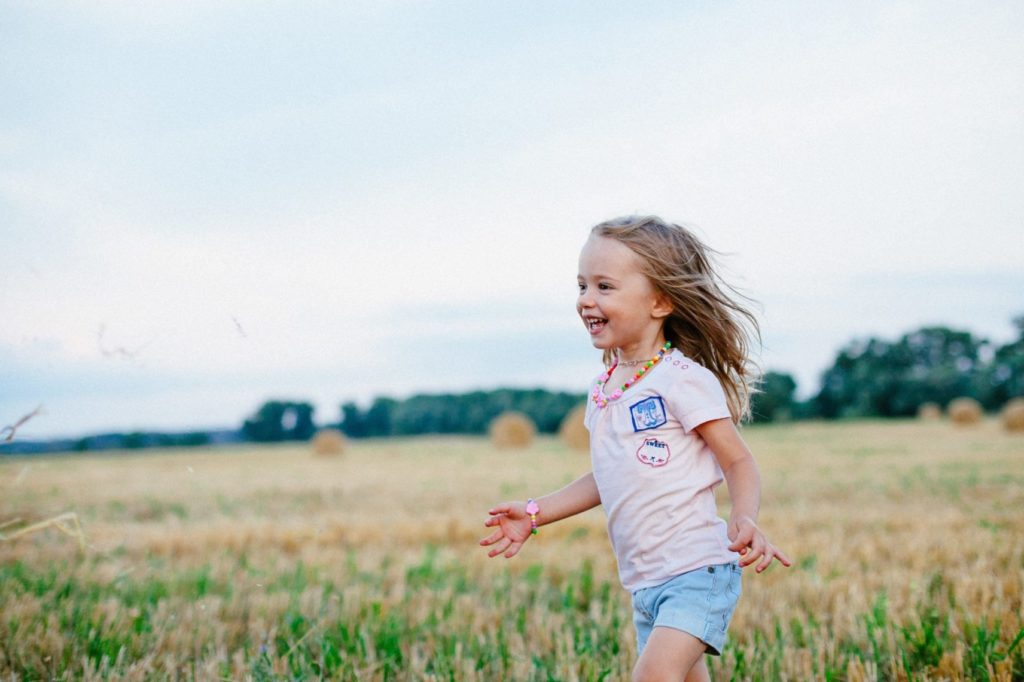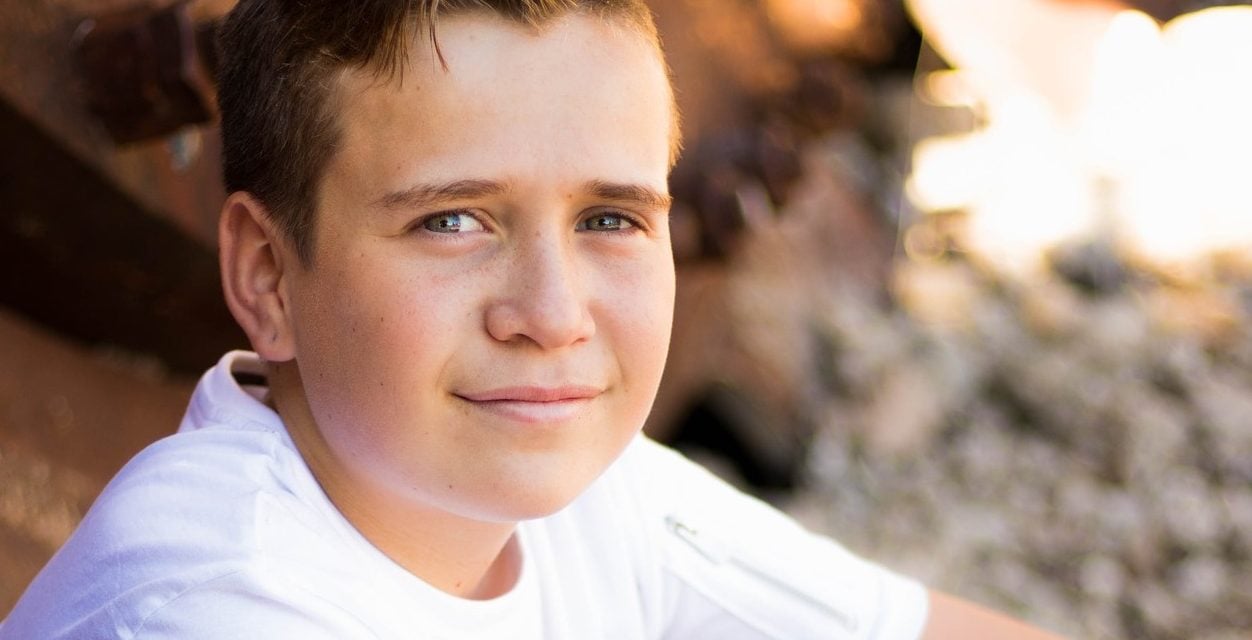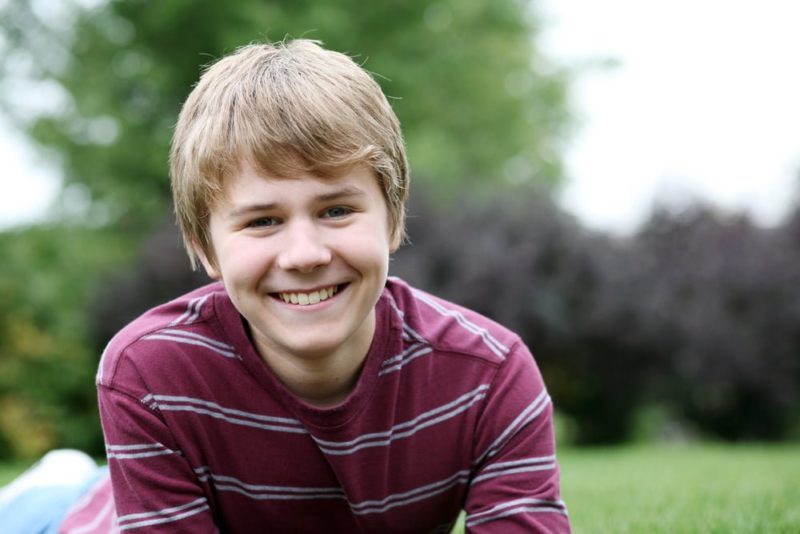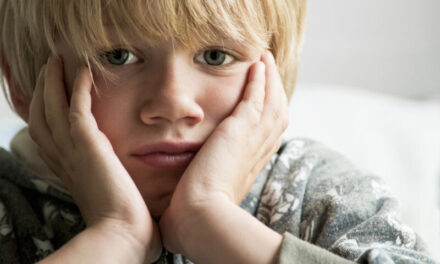“I just want my kids to be happy.” We hear it all the time, and it sounds reasonable. If you’ve made this statement before, it was no doubt said with love and the best possible intentions. However, is it what we really mean? And is our perception of a ‘happy childhood’ sabotaging our kids’ opportunities to have a fulfilling, purposeful life?
At time of writing, Mr Kiel Brown is a provisional psychologist at Wesley College in Perth. Outside of school hours, he lives and works in the College Boarding House. He is literally surrounded by adolescent boys 24 hours a day. He says, “Happiness is an important part of the goal for our kids, but it doesn’t have to be the goal.”
What does ‘happy’ really mean?
Mr Brown uses the word ‘happy’ tentatively, because “Usually we are talking about a collection of other things, like maybe ‘contentment’ or ‘success’ or ‘good relationships’. When you say you want your child to be happy, what are you talking about? Each parent will have a different answer.” Mr Brown says that’s good. That’s how we discover what is important to us and it might be more than just happiness after all.
Happiness is more complicated than it seems. When discussing happiness, Mr Brown uses the analogy of an umbrella. It only functions if all of its parts work together.
“I think of happiness as like the canopy of an umbrella. It’s a functional covering and it looks great. However, it only works when all of the other components of the umbrella combine effectively. Just like the ribs and stretches of an umbrella keep it taut and stable, kids need important structures to help them achieve and maintain happiness. They need things like social connection, emotional stability, physical health, varied interests and a sense of holistic wellbeing”.

Chasing a happy childhood
Often we chase happiness for ourselves and our kids. We try to have as many different experiences as possible. We schedule soccer, then scouts, then gymnastics, and as many playdates as possible. And yes, exploration is important. However, Mr Brown warns, “Packing too many things into a week can pass a tipping point. We can end up just making our kids stressed instead of happy.”
Kids can have too much of a good thing. Sometimes what we all need for wellbeing is a bit of calm and downtime.
We also tend to dictate what will make our kids happy. Until a child is about five, we can say things like, “You’re going to love this game” or “Seeing your cousins will make you happy”. However, beyond then, kids want to decide for themselves what makes them happy.
They crave that autonomy and may well sabotage activities we insist upon to show us that. We also create a lot of pressure when we tell them what will make them happy. What if it doesn’t? Are they expected to pretend, to make us feel good?
Being happy just isn’t enough
The other problem with striving for happiness is, it isn’t enough. Being happy is fleeting. When we set happiness up as the goal, we set kids up for failure. If they’ve been taught to believe that happiness is the goal, then all of those other human experiences like struggle, hurt, sadness, and fear become failure. And the fact is, they’re not. They are just part of being human.
It is becoming more and more the norm for parents to shield their children from so-called ‘negative emotions’. Mr Brown says, “It is natural to protect our kids from experiences that evoke intense feelings of sadness, fear, disappointment, anxiety, guilt and shame.
In saying this, it is important we allow our kids to experience these emotions in developmentally appropriate ways. If our focus is solely on kids experiencing happiness, we deny them the opportunities to learn how to self-regulate their other emotions.”
Self-regulation is the process of being able to recognise and label emotions and then being able to self-soothe. It is a fundamental skill set that kids need to develop as they grow into adults. If kids don’t learn to self-regulate, they will forever rely on something external to themselves to make them feel good.
When a child doesn’t learn appropriate self-regulation, they can take on maladaptive strategies instead. These are harmful behaviours that in one way or another either numb the experience of emotion, channel it into another form of manageable pain or help avoid feeling altogether. Some of the most common maladaptive behaviours are digital addiction, alcohol and drug use, avoidance of emotion and aggression.
So, in trying too hard to ensure our kids are happy, it is possible to sabotage their wellbeing altogether.
How do we guide children to find their sense of wellbeing?
1. Be a guide, not a guard. Try to avoid swooping in and rescuing your child from problems and challenges. Let them face those challenges and learn from them, but coach them. They need your wisdom and experience.
2. Name and validate emotions. Talk with your child about their emotions. Lead them to name the emotion they are feeling, and give them strategies that they can use to calm themselves. Emotional coaching is a simple and useful process in this regard.
3. Acknowledge the developmental stages your child is travelling through. It is much easier to empathise and guide a child who is ‘unhappy’ if you understand what they are struggling with. Puberty, for example, sometimes takes kids away from who we have always known them to be.
4. Step in, not out. Mr Brown says, “Kids need adult support as they journey through the various stages of life, particularly puberty and early adolescence. It might be mum and dad, it might be aunties and uncles, just a reliable adult that they can turn to. Parents shouldn’t be offended if it isn’t them.”
5. Help children develop an internal locus of control. That means they believe they have some control over what happens to them in life. This allows them to achieve a sense of pride in their achievements. They come to trust themselves and value themselves.
6. Model relationship-building behaviour. Kiel gives this example of talking to a child who is isolating herself. “I’ve noticed you’re not eating dinner with us. Can we talk about that? Because I would like to have you around more.”
7. Encourage kids to be involved in service programs. When we help others, we develop self-esteem and a sense of purpose.
8. Understand and encourage a child’s need to be part of clubs and communities, both in school and in the wider world. Communities give kids a sense of belonging and connectedness. We all need that.
Finally…
Instead of focussing on our children being happy, let’s hope for something else. Let’s hope that their lives are meaningful to them and those around them. Let’s hope that they are connected to lots of people in a loving and caring way. We should help them come to understand the deep self-respect that comes with service to others. And the peace of mind that comes with a sense of integrity.
Hopefully, these qualities will bring them many moments of joy. By its nature, that joy will come and go, but it will serve as a reminder of the wonder our human experience can sometimes be.







